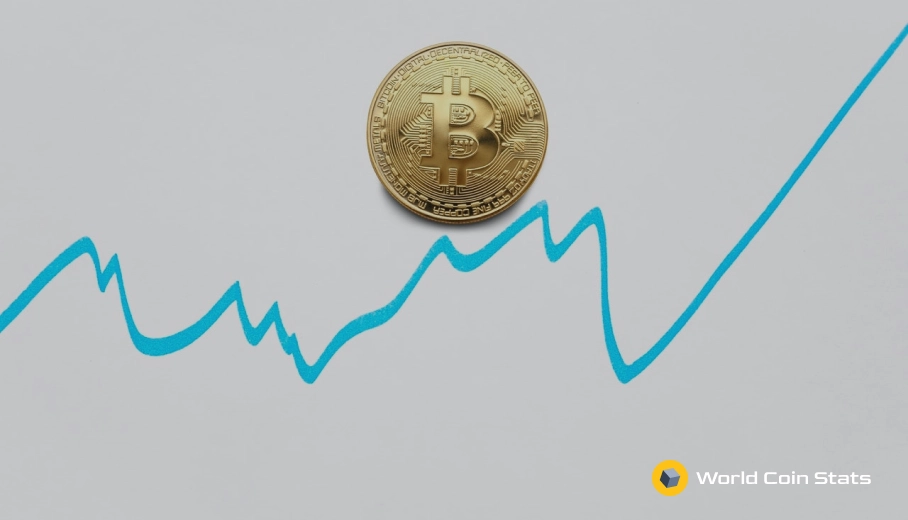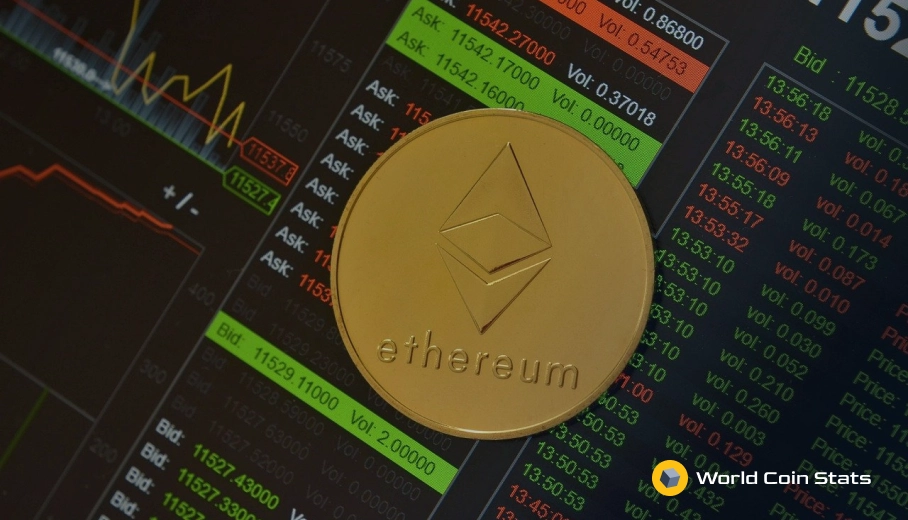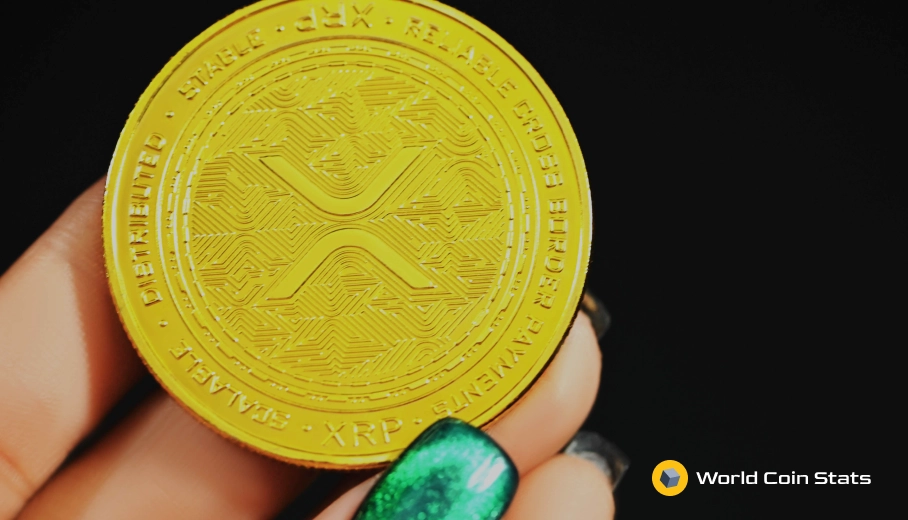Uniswap V3 v. Sushiswap. Who will win?
The much anticipated release of Uniswap V3 looms on the horizon with a release set for May 5th. This has brought an interesting question about how Uniswap V3 will fare against its number one competitor – SushiSwap.
This article will offer a deep dive on some of the features on Uniswap V3 and how they will serve in its quest to conquer the upstart SushiSwap.
Here’s What’s New in Uniswap V3
Uniswap V3 is jam packed with features that will separate it from SushiSwap and other decentralized exchanges. This section will briefly cover some of those features in Uniswap V3. It’s important to note that the actual practicality of these features will be known after the release of Uniswap V3 on May 5th, but the features sure do look promising.
Concentrated Liquidity
One feature that we’re huge fans of is something Uniswap calls “concentrated liquidity.”
Of course, this begs the question, what exactly is concentrated liquidity?
It’s a fancy way of giving liquidity providers the option to set the price range that the liquidity they provide trades against.
For instance, a liquidity provider could lock in their cryptocurrency to only provide liquidity at a certain price. This obviously allows for more flexibility and more importantly it allows liquidity providers to more effectively choose the risk appetite they want rather than being at the whim of the automated market maker (AMM).
Multiple Fee Tiers
Concentrated liquidity allows for more flexibility on the price that liquidity providers want to allocate their capital. The corollary of that is it allows the liquidity provider to choose different fees they want to receive.
Again, this gives more flexibility to liquidity providers. Instead of locking in capital at a certain fixed percent yield, a liquidity provider has the ability to choose a few different yields they would like to receive. Obviously, a higher yield means more risk, but the flexibility is appreciated.
Better Oracles; Cheaper Gas Fees
The oracles Uniswap V3 will use are much better than the ones in Uniswap V2. We know, you probably see better oracles and think that means higher gas fees, right?
That’s a good guess because it’s usually true, but Uniswap V3 will actually have lower gas fees than Uniswap V2 (and SushiSwap for that matter).
No one is going to complain about better oracles and lower gas fees, so we consider this feature one of the more important upgrades of Uniswap V2.
Business Source License
Finally, one of the more important behind the scenes updates to Uniswap V3 is something called a “business source license.”
Basically, this license means that Uniswap has exclusive rights to commercial use of the Uniswap code for two years. After two years has passed the code will transfer to an open source GPL license.
Why is this update important?
Well, this update has been called the anti-SushiSwap update because SushiSwap pretty much copy pasted Uniswap’s code and added a native token reward to liquidity providers.
Simply put, view this license as Uniswap’s way of preventing a future SushiSwap from emerging. With that in mind, we do not expect any SushiSwap-like competitors to hard fork Uniswap V3. This update also prevents SushiSwap from simply copy pasting Uniswap V3’s code into SushiSwap.
It’s a smart move by Uniswap, but it stifles innovation in the space. Many in the decentralized finance community view the update as a negative for the space.
The Appeal of SushiSwap
To understand the appeal of SushiSwap you first must understand the history of it. SushiSwap was created in late 2020 by pretty much copy pasting the code from Uniswap.
That in itself is not that innovative, but SushiSwap did one addition that changed decentralized exchanges forever.
SushiSwap gave liquidity providers fees just like Uniswap AND they rewarded liquidity providers with SushiSwap’s native token – SUSHI. This led to a massive exodus of liquidity providers from Uniswap to SushiSwap… to the tune of about 1 billion dollars of value in 48 hours.
Uniswap had to act quick and released their own native token, UNI, as a reward for liquidity mining to draw some liquidity back to Uniswap, which worked. But the cat was already out of the bag.
More importantly, Uniswap lost some liquidity to SushiSwap when Uniswap cut the reward program.
Liquidity providers spoke with the only voice they really have – their liquidity. They simply moved to the decentralized exchange that provided them with better rewards, which was SushiSwap.
That’s not the only appeal of SushiSwap, though.
Uniswap is technically a decentralized exchange, but it has all the hallmarks of a traditional startup with investor capital from major venture capital firms like Paradigm Venture Capital and Andreessen Horowitz. In that sense, it’s actually similar to Coinbase and even has some of the same venture capital firms backing it.
This does add legitimacy to Uniswap, but it does raise some questions about why venture capital firms are investing in a decentralized exchange.
This Decentralized Exchange Will Win
Now that we have covered some of the new features in Uniswap V3 and the appeal of SushiSwap, we will cover the decentralized exchange that will win this battle.
It’s clear by the offering of SUSHI on SushiSwap that liquidity providers prefer more rewards over the legitimacy of Uniswap. Uniswap is clearly trying to attract more liquidity providers by providing more flexibility for different risk tolerances with multiple fee tiers and concentrated liquidity.
This will obviously help draw liquidity to the exchange, but will it be enough to kill SushiSwap?
No, not in our opinion. SushiSwap has not rugged after close to a year in existence, so we find the odds of that occurring now unlikely. And SushiSwap still offers SUSHI to liquidity providers.
With all that in mind, Uniswap will likely pull ahead with their new features and (more importantly) lower gas fees. But the difference will likely not be as great as Uniswap expects.
SushiSwap has legitimacy and offers better rewards than Uniswap. The only problem, in our opinion, is that SushiSwap will struggle to mimic the features offered by Uniswap due to that business source license.
Our final verdict?
Uniswap wins this battle, but SushiSwap is not going anywhere for the foreseeable future.
There is one caveat, though.
SushiSwap could see the writing on the wall with Uniswap V3 and rug. We find this unlikely, but DeFi is known for rugging and many suspect SushiSwap would rug days into its existence, so it’s a point worth mentioning.
Final Thoughts
That sums it up for the great SushiSwap vs Uniswap V3 battle that will occur when Uniswap releases V3 on May 5th. SushiSwap isn’t going anywhere despite Uniswap likely attracting some more liquidity providers.
With that in mind, the execution of Uniswap V3 will be vastly different than what the developers plan for it. Only the release and use of V3 will show who the true winner of this showdown will be.




